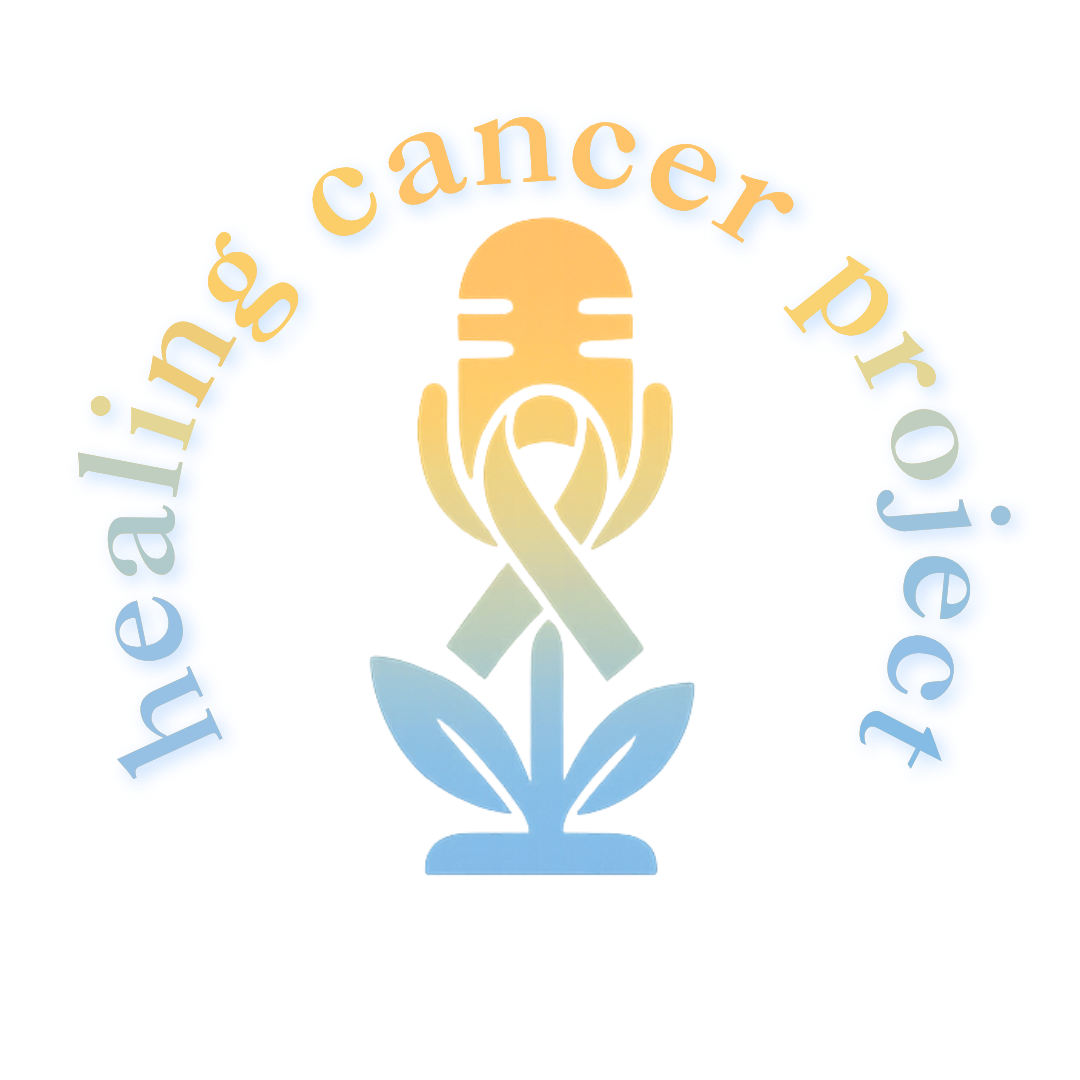
Best Exercises and Practices for Cancer Treatment Support
Exercise and body-focused therapies can significantly aid in cancer treatment by improving physical strength, reducing fatigue, and enhancing emotional well-being.
Here are some highly recommended practices:
1. Low-Impact Exercises for Physical Strength
These exercises improve circulation, reduce fatigue, and enhance recovery.
Walking: A simple and effective way to increase stamina and reduce stress. Aim for 20–30 minutes daily, as tolerated.
Strength Training: Light resistance training (e.g., resistance bands, light weights) helps maintain muscle mass and counteract muscle loss from treatment.
Swimming or Aquatic Therapy: Gentle on the joints and helps improve mobility and endurance.
Cycling: Low-impact cardio to support cardiovascular health.
2. Yoga for Flexibility, Relaxation, and Stress Reduction
Yoga combines movement, breath work, and mindfulness, helping to alleviate stress, reduce inflammation, and improve flexibility.
Recommended Styles:
Gentle Yoga: Focuses on stretching and light movements, perfect for beginners or those experiencing fatigue.
Restorative Yoga: Uses props and long-held poses to relax the body and calm the nervous system.
Hatha Yoga: A slow-paced practice for gentle strengthening and breath awareness.
3. Breath Work for Emotional and Physical Healing
Breath work techniques improve oxygenation, reduce stress, and support mental clarity.
Deep Diaphragmatic Breathing: Activates the parasympathetic nervous system, promoting relaxation and reducing anxiety.
Box Breathing: Inhale for 4 counts, hold for 4, exhale for 4, and hold for 4. Enhances focus and calms the mind.
Alternate Nostril Breathing (Nadi Shodhana): Balances energy and reduces stress.
4. Cold Plunges and Contrast Therapy for Resilience
Cold exposure can reduce inflammation, improve circulation, and support immune function.
Cold Plunges: Short dips in cold water (10–15°C for 1–3 minutes) may boost resilience and reduce treatment-induced inflammation.
Contrast Therapy: Alternating between hot and cold water (e.g., showers or baths) improves circulation and aids recovery.
Caution: Always consult with your healthcare provider before starting, as extreme cold may not be suitable for all cancer patients.
5. Qigong for Energy Flow
This ancient practice combines gentle movements, breath work, and meditation to improve energy, balance, and flexibility. It’s particularly beneficial for reducing fatigue and enhancing emotional well-being.
6. Lymphatic Support Activities
Certain cancers and treatments can affect lymphatic flow. Gentle activities can help stimulate circulation and reduce swelling.
Rebounding: Gentle bouncing on a mini-trampoline supports lymphatic drainage.
Self-Massage: Light lymphatic massage techniques improve fluid movement.
Additional Tips for Incorporating Exercise and Practices
Listen to Your Body: Rest when needed, and avoid overexertion.
Combine Practices: Pair yoga with breath work or add mindfulness to your daily walks.
Work with a Specialist: Consult with an oncology-trained physical therapist, yoga instructor, or personal trainer to tailor practices to your needs.
By integrating exercises like yoga, walking, and strength training with practices such as breath work, cold plunges, and meditation, cancer patients can support their physical and emotional well-being, complementing traditional treatment. Always consult with your medical team before starting new practices.
Disclaimer:
The information provided on this website is for educational and informational purposes only and is not intended as medical advice. While we strive to provide accurate, up-to-date information on various cancer therapies, including both traditional and alternative options, this content should not be used as a substitute for professional medical consultation, diagnosis, or treatment.
We strongly recommend that users consult with qualified healthcare providers before making any healthcare decisions, including but not limited to: starting or stopping any new or existing cancer treatments. Every individual’s health situation is unique, and only a licensed medical professional can provide tailored guidance.
Our goal is to inform and empower, but we cannot guarantee the effectiveness or safety of any therapy discussed on this site. Reliance on any information provided by this website is solely at your own risk.
Some content on this website has been generated or assisted by artificial intelligence, and then has been internally reviewed. Any resemblance to copyrighted material is purely coincidental and unintentional. If you believe any content infringes on intellectual property rights, please contact us for resolution.

